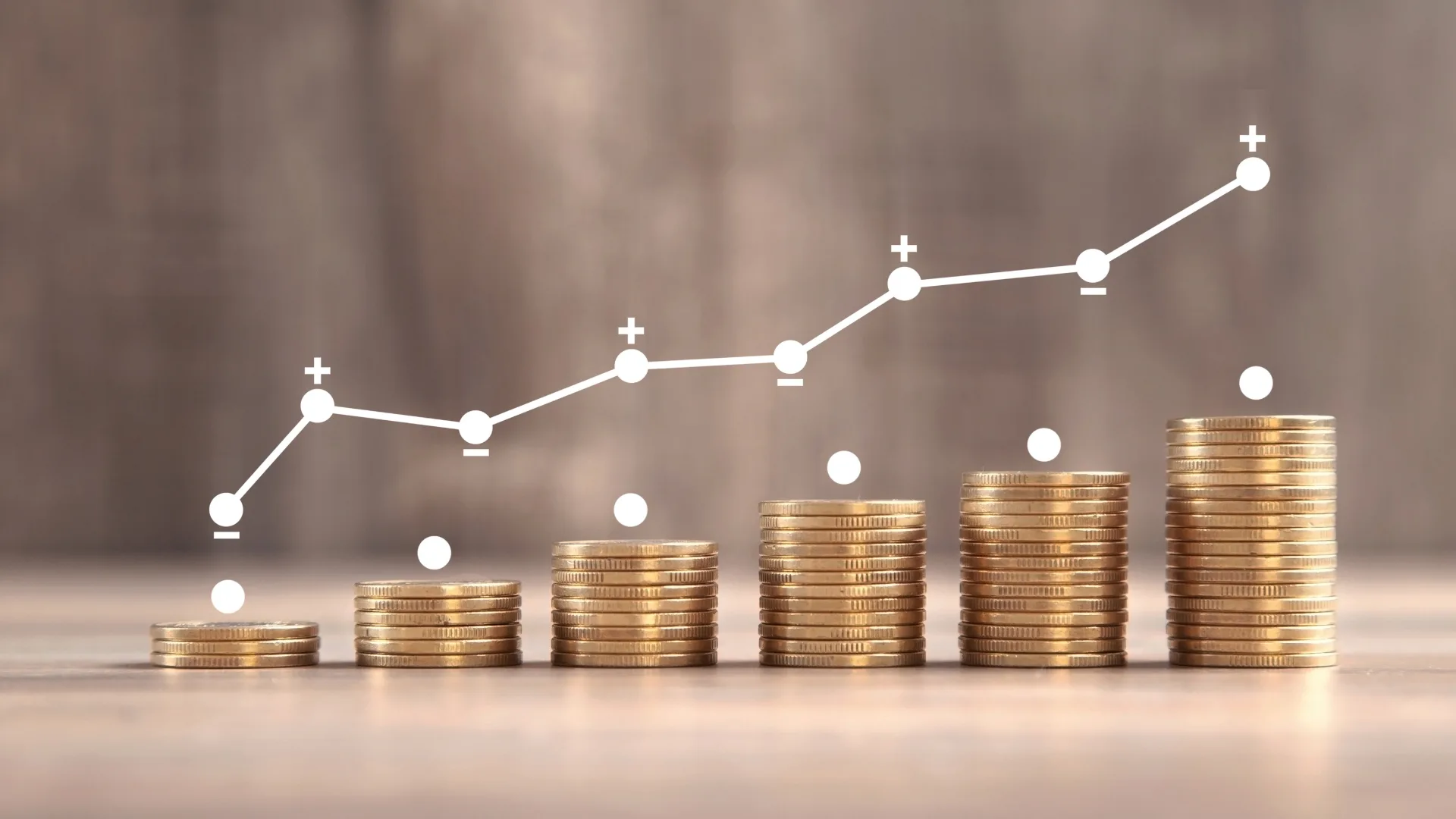Capital is a part of economic system. It plays a important role in shaping the trajectory of nations, industries, and individual enterprises. This multifaceted concept encompasses financial assets, machinery, technology, and human capital, collectively fueling economic growth and development.
Types of Capital
- Financial: It is the most widely recognized type of capital. It includes money, investments, and other financial instruments that enable individuals and businesses to initiate and expand their ventures. Access to financial cap is crucial for startups, as it provides the necessary resources to cover initial expenses, invest in infrastructure, and stimulate growth.
- Physical: It involves tangible assets such as machinery, equipment, and infrastructure. Industries rely on physical cap to enhance productivity and efficiency, ultimately contributing to economic output. Governments and businesses continually invest in physical cap to modernize infrastructure, improve manufacturing processes, and foster innovation.
- Human: It represents the skills, knowledge, and expertise possessed by individuals. It is a critical factor in economic development as educated and skilled workforces contribute significantly to productivity and innovation. Investments in education, training, and healthcare contribute to the growth of human cap, creating a more capable and adaptable workforce.
- Social: Social capital refers to the networks, relationships, and trust within a community or society. Strong social capital fosters cooperation, collaboration, and the exchange of ideas, which can drive economic development. Building social capital can lead to increased business opportunities, better governance, and a more resilient community.
Role in Economic Development
It is a catalyst for economic development. Nations that effectively mobilize and allocate capital experience higher levels of industrialization, technological advancement, and overall prosperity. The proper utilization of financial, physical, human, and social capital leads to increased productivity, job creation, and improved living standards.
Challenges
While it is a driver of economic growth, its management poses challenges. Issues such as income inequality, access to capital for marginalized groups, and environmental sustainability require careful consideration. Striking a balance between economic growth and social and environmental responsibility is essential for sustainable development.
Its various forms, is the lifeblood of economic systems. Understanding its diverse dimensions and ensuring its responsible management are essential for fostering inclusive, sustainable, and resilient economies. As we navigate the complexities of the global economic landscape, a holistic approach to capital management becomes paramount for shaping a prosperous future.









